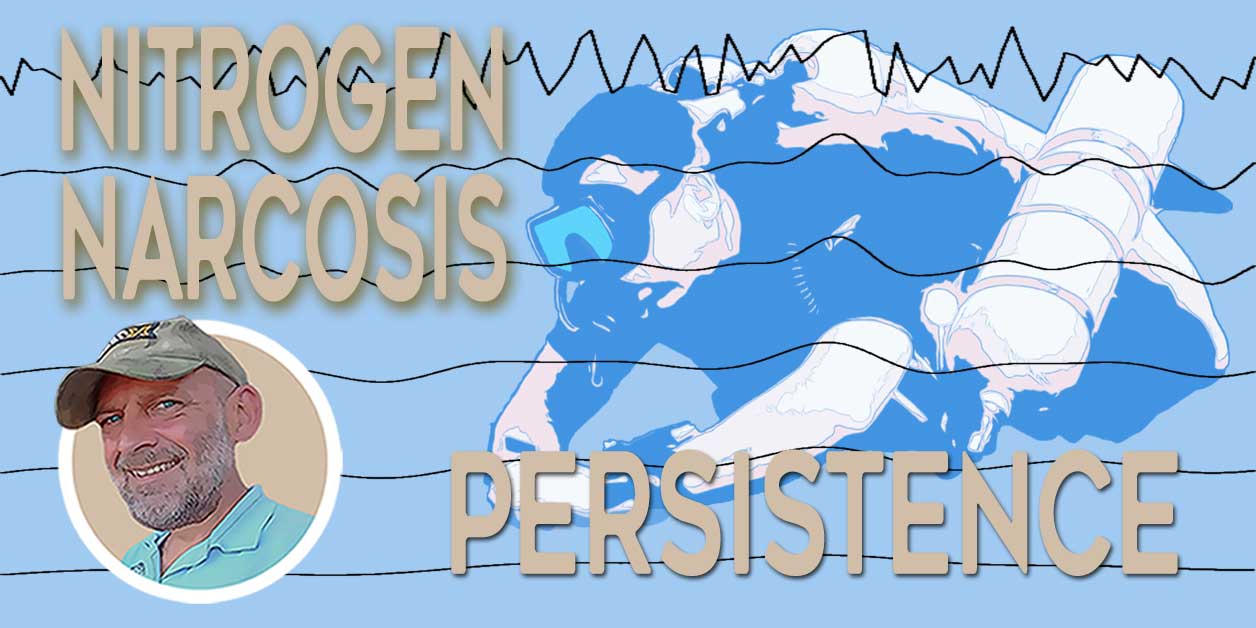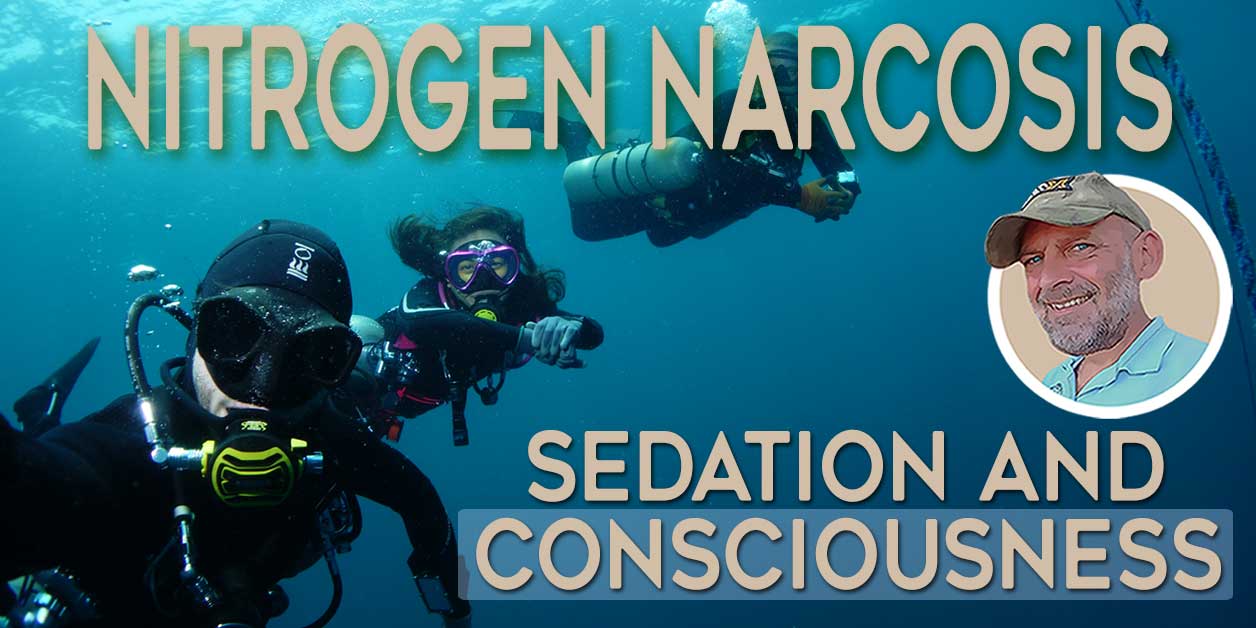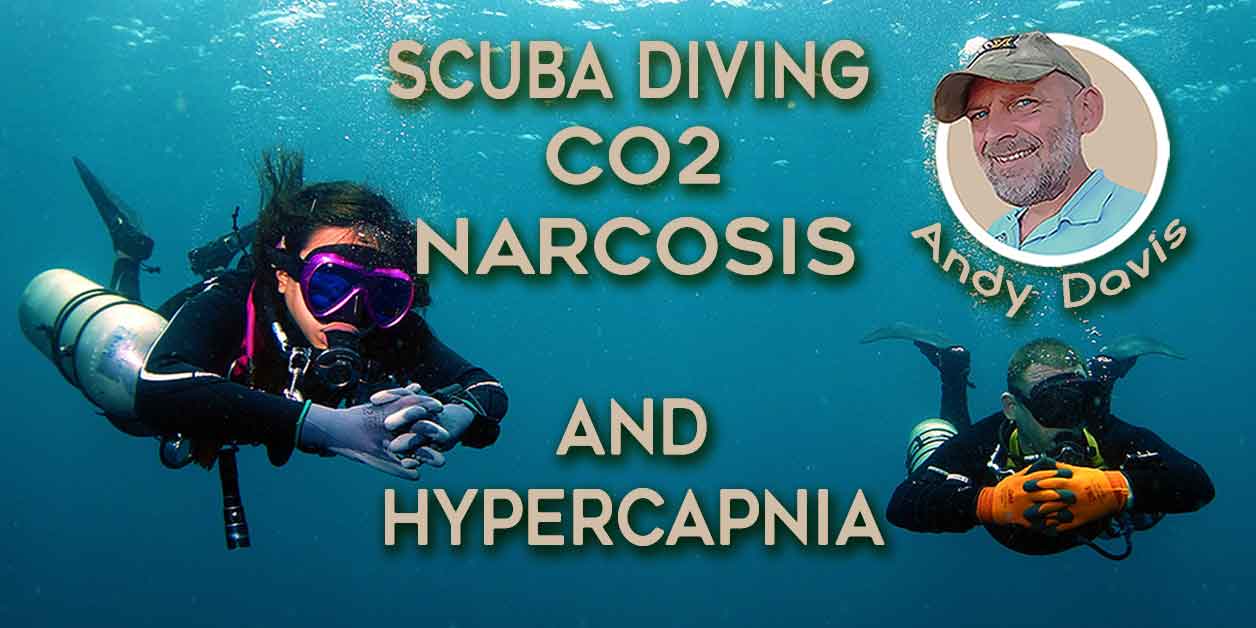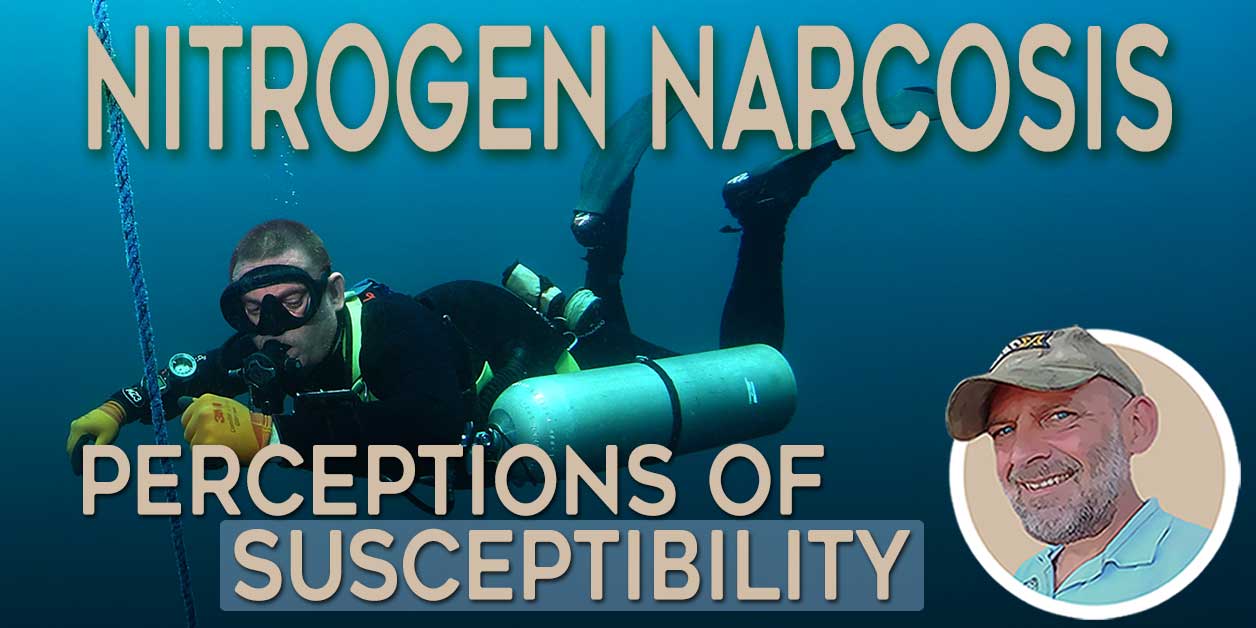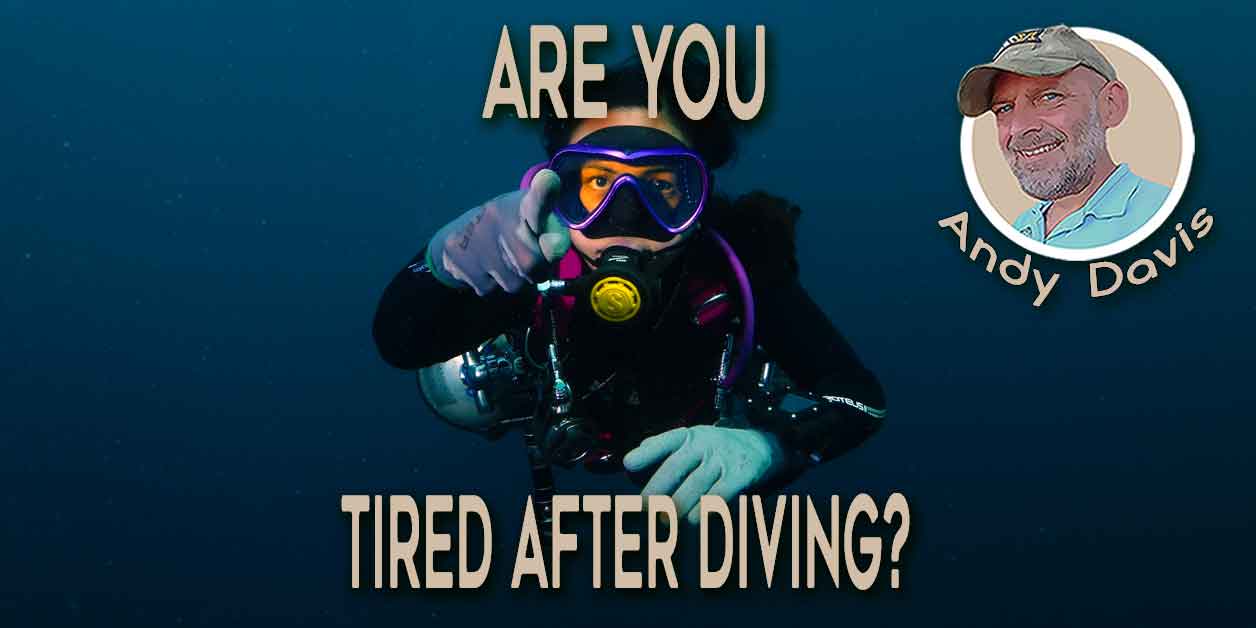What Are The Three Benefits Of Nitrox When Scuba Diving?
Nitrox is popular with scuba divers because it offers benefits over traditional air diving. Also known as Enriched Air Nitrox (EANx), it is a diving gas containing a higher percentage of oxygen than regular air. In this article, I will discuss the three benefits of nitrox as a scuba diving gas. Only the first benefit is commonly taught to scuba divers!
The three benefits of nitrox
Nitrox has three amazing benefits that allow longer dives, increase our safety from DCS, and improve our vitality after scuba diving:
| Nitrox Benefit | How nitrox helps scuba divers |
|---|---|
| Less nitrogen in your body | Nitrox reduces the amount of nitrogen in the breathing gas, which decreases the risk of DCS and enables longer bottom time on your dives. |
| More nitrogen removal on the ascent | Nitrox accelerates the removal of nitrogen during ascent to the surface, further reducing your risk of DCS. |
| Reduction in small bubbles after diving | Nitrox reduces the number of micro-bubbles that form on the ascent, reducing decompression stress and improving post-dive vitality. |
1. Nitrox reduces nitrogen absorption
The first benefit of nitrox is that it reduces nitrogen absorption during your dive. As a result, you can stay underwater for longer.
- More oxygen means less nitrogen in breathing gas
- Nitrogen in breathing gas causes DCS
- Nitrox decreases nitrogen absorption, enabling longer bottom time on dives
This is often the only benefit of nitrox taught in most recreational diving courses. Simply raising the percentage of oxygen lowers the amount of nitrogen in our breathing gas. Because we breathe in less nitrogen, it saturates our tissues less rapidly
On recreational scuba dives, nitrogen content in the breathing gas is what causes decompression sickness (DCS) in divers. In contrast, oxygen is metabolized inside the body and, therefore, cannot create damaging bubbles.
Decreasing the amount of nitrogen in the breathing gas enables significantly longer bottom time on a dive. Alternatively, it permits less nitrogen absorption over a given dive profile compared to using regular air.
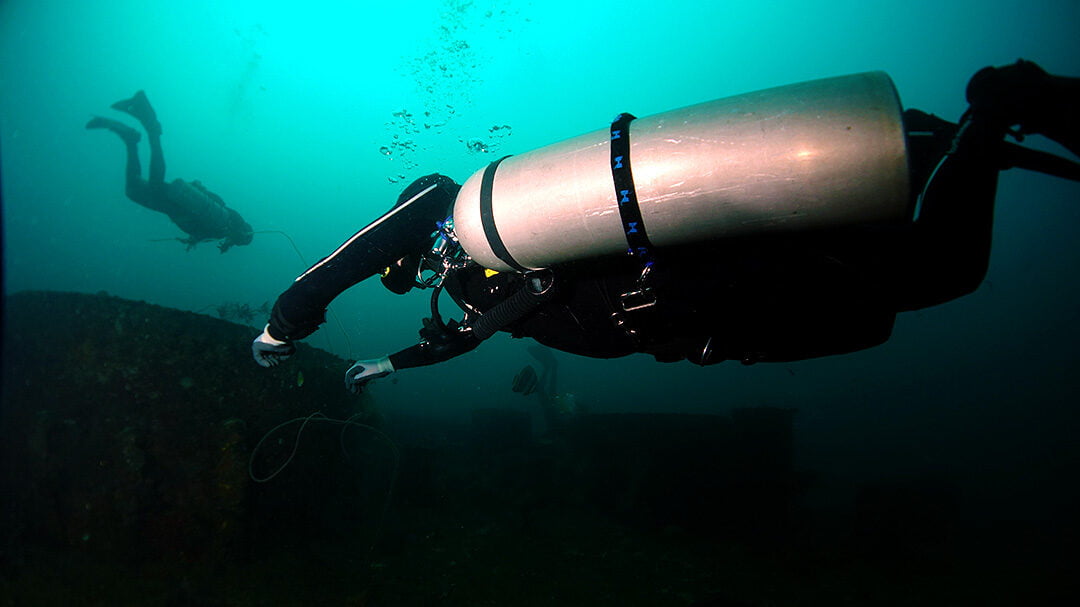
2. Nitrox accelerates nitrogen removal on the ascent
The second benefit of nitrox is that breathing a higher oxygen percentage promotes faster nitrogen removal during ascent to the surface.
- Nitrox promotes faster nitrogen removal during ascent.
- Greater nitrogen differential between tissues and lungs enables faster removal.
- Breathing higher oxygen speeds up nitrogen leaving the body.
This occurs because of an increased gas partial-pressure differential between the gas dissolved in the tissues and contained in the lungs.
In essence, it is the same principle used by technical divers to accelerate their decompression. Breathing a higher fraction of oxygen speeds up nitrogen leaving your body.
In short, one of the safety benefits of nitrox is that it accelerates the removal of nitrogen. It doesn’t just slow nitrogen absorption when you are on the bottom!
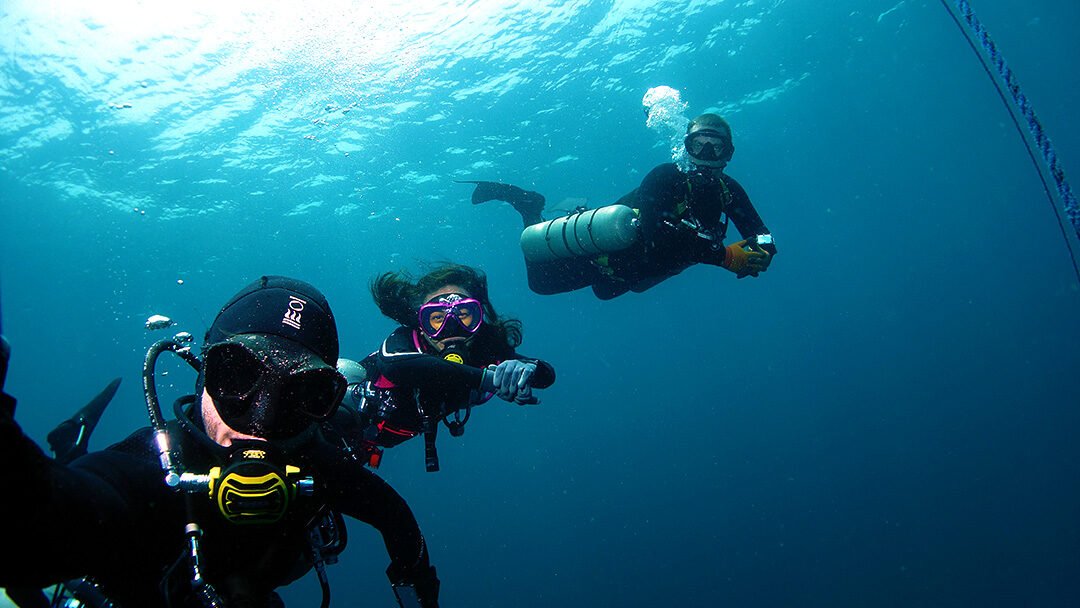
3. Nitrox reduces micro-bubbles
The third benefit of nitrox is that it prevents excess micro-bubbles from forming in the body during ascent. In turn, this helps you avoid feeling tired after diving.
- Micro-bubbles form in all divers during ascent but are too small to cause DCS.
- Your body has an immune system reaction to micro-bubbles.
- More micro-bubbles cause a stronger immune response, which leads to post-dive fatigue.
- Breathing nitrox during ascent reduces the number of micro-bubbles.
- Nitrox prevents the immune reaction which avoids divers feeling tired after diving.
Micro-bubbles form in ALL divers when they ascend. However, these bubbles aren’t big enough to cause any immediate harm. Furthermore, they don’t produce symptoms diagnosable as decompression sickness.
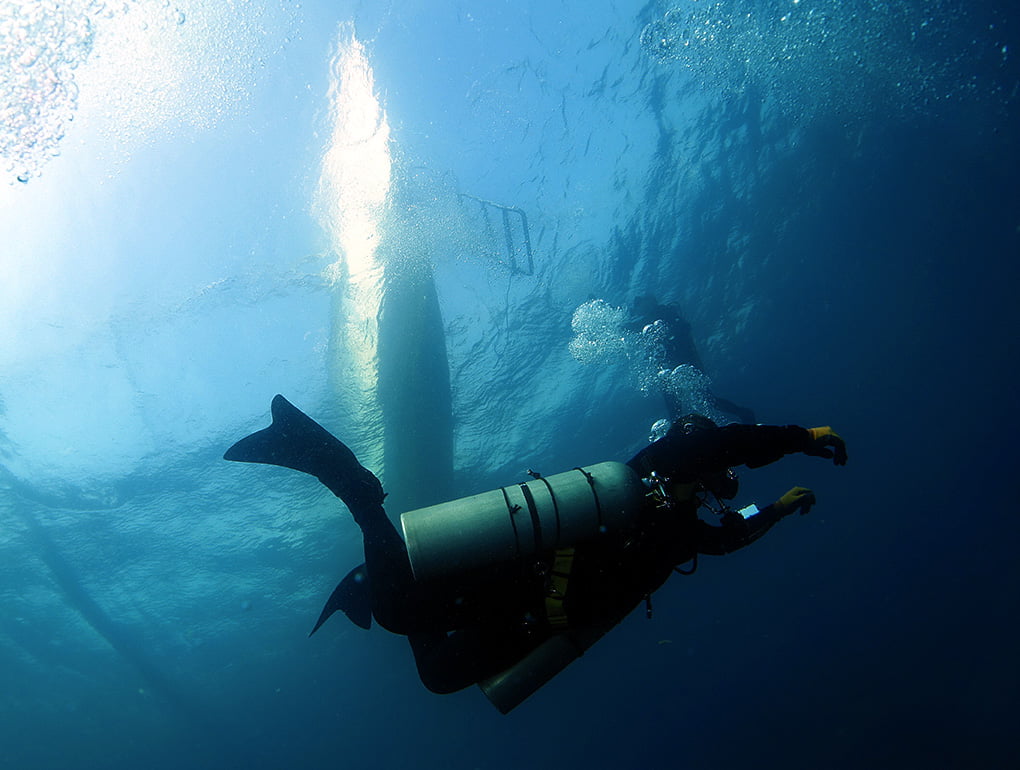
Post-dive fatigue can be caused by an immune system response to micro-bubbles.
Your immune system recognizes those micro-bubbles and tries to attack them. More microbubbles in your body cause a larger immune response.
The micro-bubbles disappear quite quickly after diving. As a result, the immune response shuts down. That process involves the release of histamine and then serotonin into the blood. Serotonin is also a chemical precursor to melatonin; which induces sleep.
Feeling inexplicably tired after diving is known as ‘decompression stress’
As a result, a diver can feel fatigued or malaised after their dive. That feeling is known as “decompression stress”.
Breathing nitrox during your dive ascent dramatically reduces the number of microbubbles in your body. The higher oxygen percent breathed causes a higher partial-pressure differential across bubble walls. For that reason, it causes the bubbles to collapse and disappear.
Nitrox reduces decompression stress
In theory, and as shown in scientific studies, nitrox is believed to reduce that decompression stress. Hence, divers who typically experience some decompression stress may feel that using nitrox makes them “less tired” after diving.
For more detail, and references, see: Subclinical DCS, Decompression Stress, and Post-Dive Fatigue
The benefits of nitrox are compelling
The three benefits of nitrox make a strong case for getting certified to use this breathing gas on your dives. Nitrox is not an expensive supplemental cost when scuba diving. In return, you will be better insulated against the risks of DCS. As a result, you may perceive observable improvements in your post-dive vitality.
If you’re looking to take your diving to the next level, a nitrox course is a great option to consider.
In summary, the three benefits of nitrox on your scuba dives are:
- Enjoy longer dives
- Reduced DCS risk
- Avoid feeling tired after diving
About The Author

Andy Davis is a RAID, PADI TecRec, ANDI, BSAC, and SSI-qualified independent technical diving instructor who specializes in teaching sidemount, trimix, and advanced wreck diving courses.
Currently residing in Subic Bay, Philippines; he has amassed more than 10,000 open-circuit and CCR dives over three decades of challenging diving across the globe.
Andy has published numerous diving magazine articles and designed advanced certification courses for several dive training agencies, He regularly tests and reviews new dive gear for scuba equipment manufacturers. Andy is currently writing a series of advanced diving books and creating a range of tech diving clothing and accessories.
Prior to becoming a professional technical diving educator in 2006, Andy was a commissioned officer in the Royal Air Force and has served in Iraq, Afghanistan, Belize, and Cyprus.
In 2023, Andy was named in the “Who’s Who of Sidemount” list by GUE InDepth Magazine.
Purchase my exclusive diving ebooks!
Nitrox diving FAQ
Nitrox reduces the amount of nitrogen gas breathed by a scuba diver. As a result, it enables longer bottom times on dives. It also increases nitrogen removal on the ascent and limits microbubble formation.
In recreational diving, the O2 fraction in nitrox is limited to 40%. As a result, scuba cylinders and regulators do not need to be O2 clean and compatible. This prevents the risk of fire and explosion.
Whilst it is cheaper to dive with air, nitrox has 3 significant benefits for scuba diver safety and enjoyment. It increases diving bottom time and removes more inert gas on the ascent. This lowers DCS risk and helps prevent microbubbles from causing post-dive fatigue.
Nitrox has a depth limit. Beyond that limit, the partial pressure of oxygen is too high. In turn, that can cause seizures and the diver can drown. Nitrox divers are trained to calculate the maximum safe depth for a nitrox mix.
The diving community has debated for many years whether O2 has a narcotic effect on divers. Recent science seems to indicate that oxygen can contribute to narcosis.
If a diver exceeds the maximum operating depth (MOD) for a nitrox mix they risk oxygen toxicity. This can cause convulsions or seizures, which often lead to drowning.
No. Nitrox has shallower maximum operating depths than air. Nitrox has a higher O2%, which means a greater risk of oxygen toxicity seizures.
Nitrox has safety advantages and disadvantages. It improves diver safety by reducing the risk of DCS and decompression stress. On the other hand, it introduces the risk of oxygen toxicity.
Nitrox is a contraction of the words Nitrogen and Oxygen. It is also known as Enriched Air Nitrox (EANx).
Originally posted 2019-02-24 15:33:53.







